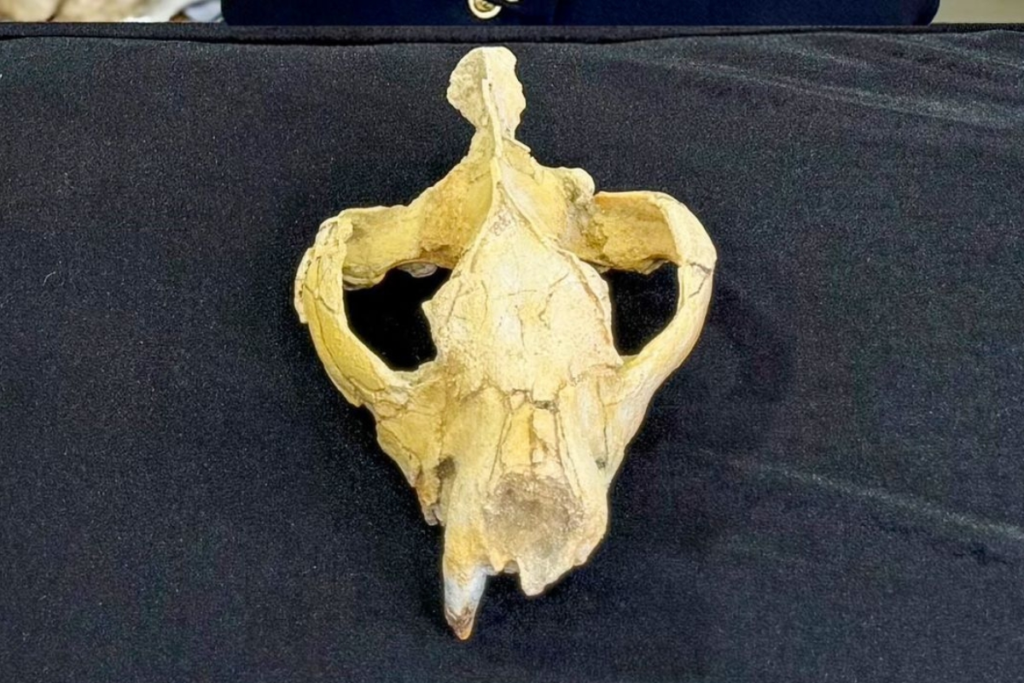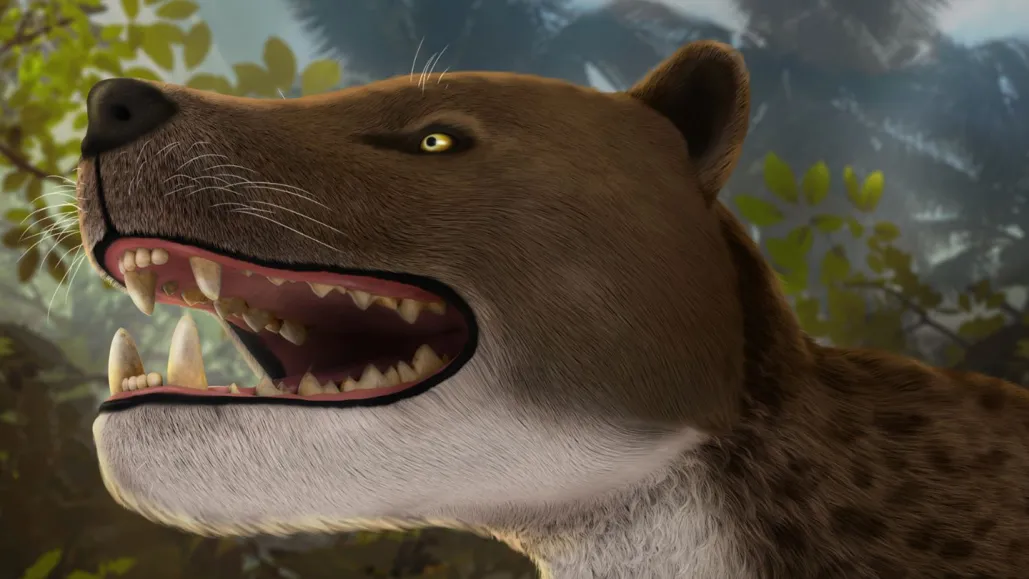Skull Found in Egypt Reveals Secrets of Ancient Africa’s Top Predator!
In the Faiyum Oasis of Egypt, archaeologists have made an exciting discovery: one of the most complete skulls of a long-extinct predator. This remarkable find comes from a family of fierce hunters that roamed the Earth about 30 million years ago. Researchers recently identified it as a new species of hyaenodont, an ancient mammal that was the size of a hyena.
A Newly Discovered Species
This newly discovered species, named Bastetodon syrtos, reveals fascinating details about its diet and physical traits. Unlike its relatives, Bastetodon had fewer teeth, an adaptation that gave it a more efficient bite. The skull, complete with an upper set of teeth, provides crucial insights into this mammal’s lifestyle. With its catlike teeth, it was likely an agile and skilled predator.

The Hyaenodonts: Apex Predators of the Past
The discovery takes us back to the Egypt Paleogene Period, a time when mammals were diversifying rapidly after the dinosaurs went extinct. During this era, hyaenodonts were the dominant meat-eaters in Africa and Arabia, thriving in the dense forests of the region. These creatures were apex predators, preying on early elephants, hyraxes, and even our distant primate ancestors.
A Bite Like a Modern Cat
Using advanced 3-D scanning technology, researchers recreated the fossil, revealing more about its diet and jaw strength. Bastetodon syrtos had long, blade-like back teeth, indicating it primarily ate meat. Its powerful jaw muscles suggest it could deliver a strong bite. Interestingly, it had one fewer premolar and molar compared to other hyaenodonts, making its face more compact and its bite more efficient. This Egypt feature is similar to the shorter faces of modern cats, which evolved a similar trait for better biting efficiency.

The “Pitbullification” of Hyaenodonts
Matthew Borths, a paleontologist, refers to this change in the skull as the “pitbullification” of hyaenodonts. The shorter muzzle gave Bastetodon a more powerful bite, an adaptation that set it apart from its relatives.
Redefining Hyaenodont Family History
Through this discovery, researchers have also reevaluated the origins of other hyaenodont fossils. Contrary to previous beliefs, these predators originated in Africa and later spread to Asia, Europe, and even North America, reshaping our understanding of their evolutionary history.

In honor of its fierce nature, the species is named after Bastet, the ancient Egyptian goddess of protection and pleasure, reflecting the strength and agility of this remarkable predator.





